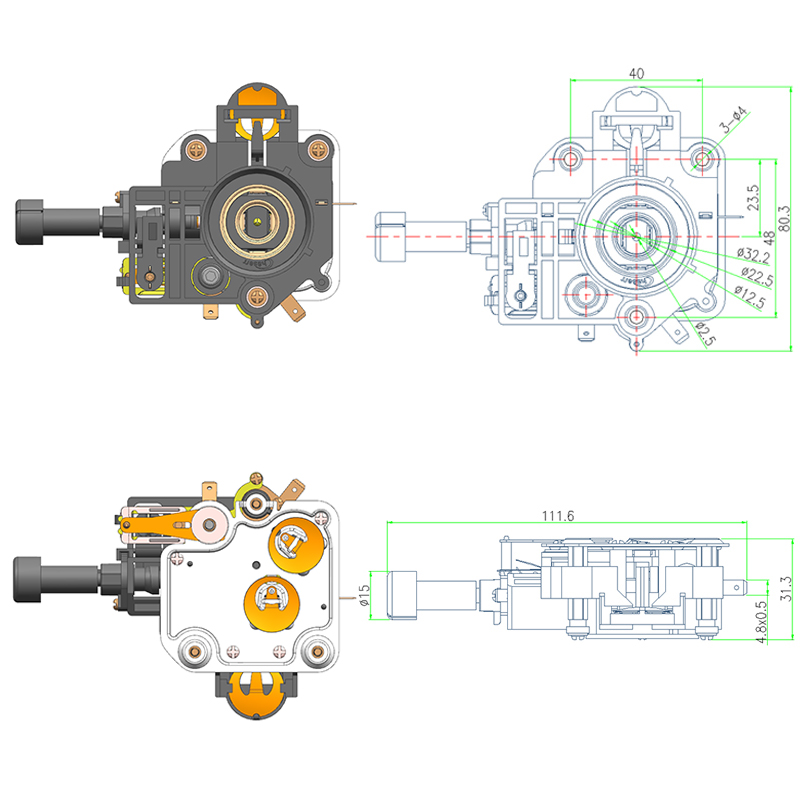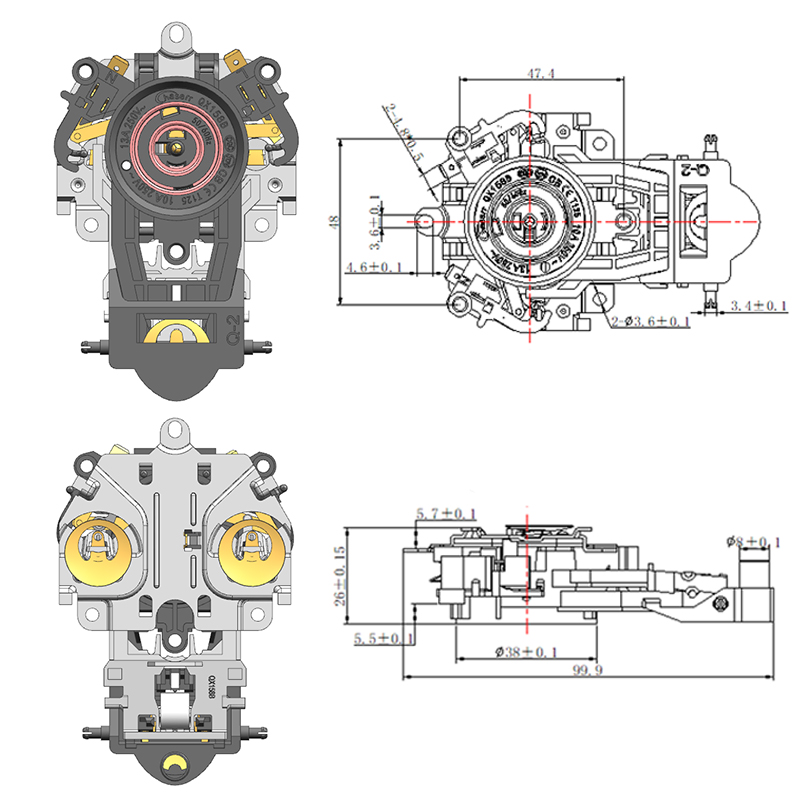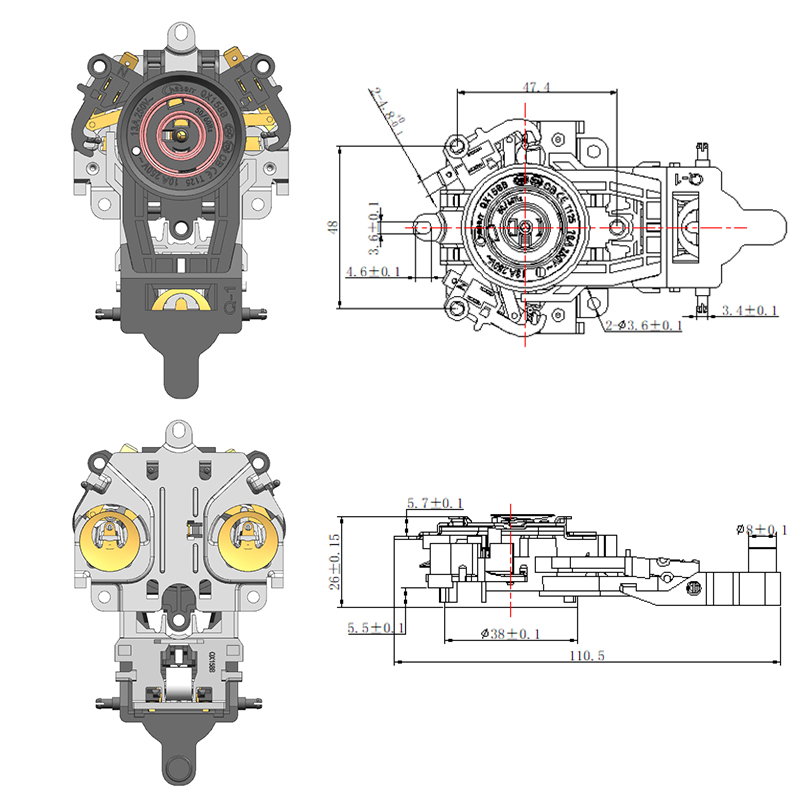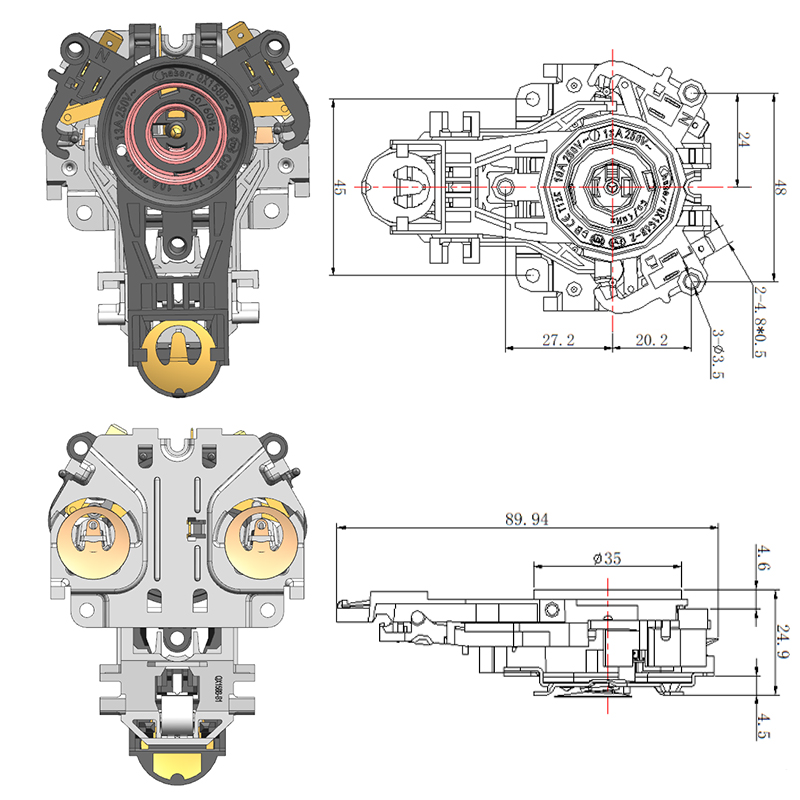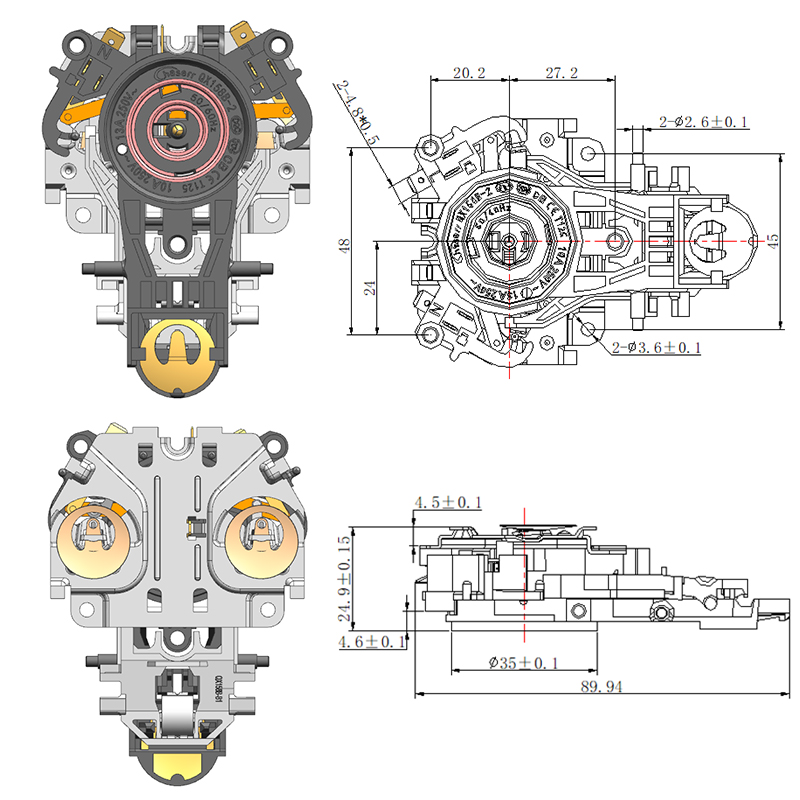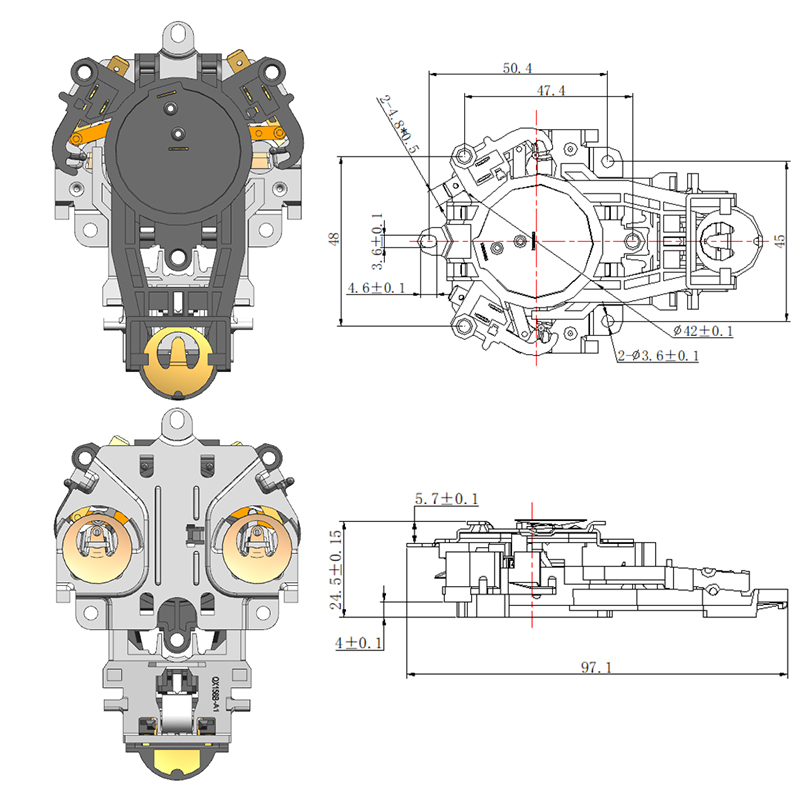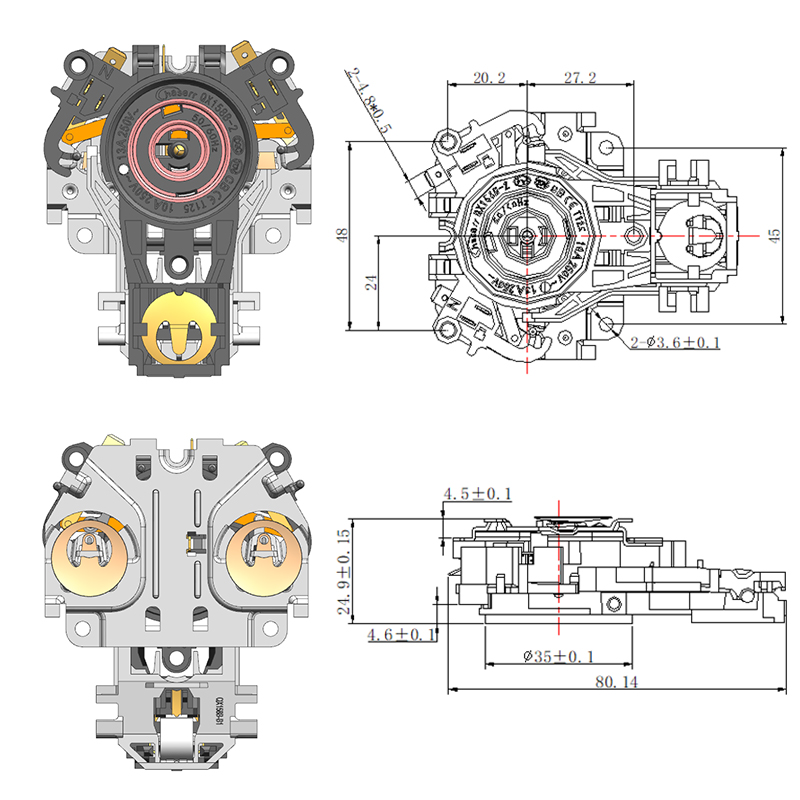Investigating Temperature Drift in Bimetal Iron Thermostat Over Time
Bimetal Iron Thermostat is a widely used component in heating, cooling, and industrial control systems due to its simplicity, reliability, and cost-effectiveness. One important aspect of its performance is the stability of its temperature settings over long-term use. Temperature drift, which refers to a gradual deviation from the intended setpoint, can affect system efficiency, safety, and accuracy. Understanding the factors that contribute to temperature drift is essential for designers, manufacturers, and users who rely on these devices for consistent thermal control.
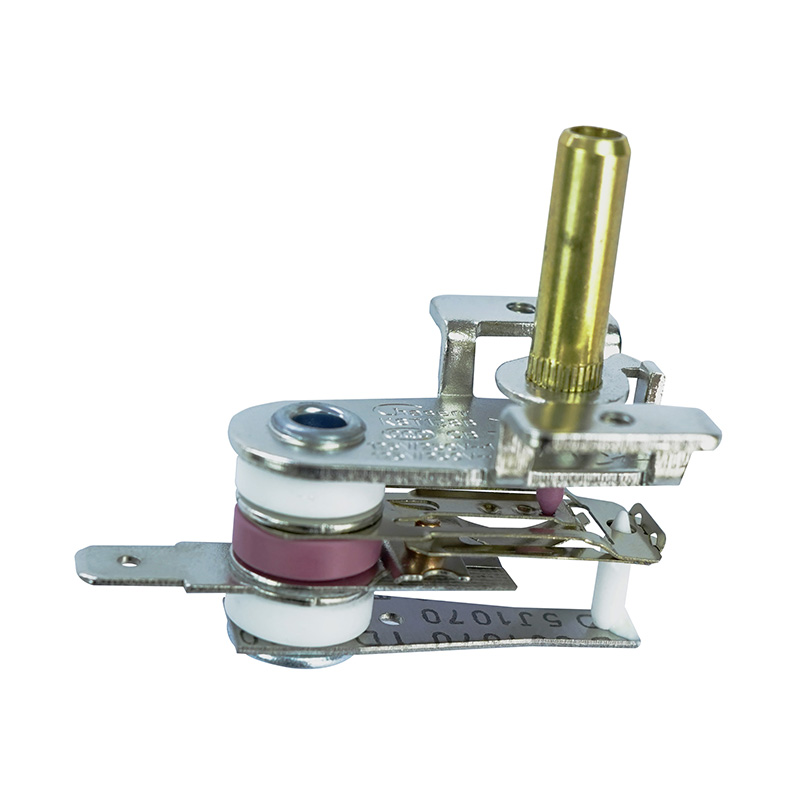
Mechanism of Bimetal Iron Thermostat
The Bimetal Iron Thermostat operates based on the differential expansion of two metals with different coefficients of thermal expansion. When the temperature changes, the bimetal strip bends, causing mechanical movement that opens or closes electrical contacts. This simple mechanism is effective for switching operations but can be susceptible to minor changes in material properties over time. Even slight alterations in the bimetallic strip can cause noticeable temperature drift, highlighting the importance of high-quality materials and precise manufacturing.
Factors Contributing to Temperature Drift
Several factors influence temperature drift in a Bimetal Iron Thermostat. Repeated thermal cycling can cause fatigue in the bimetal strip, causing it to gradually change its curvature and response characteristics. Mechanical stress, such as vibrations or shocks, may also alter the strip’s shape, impacting its accuracy. Additionally, exposure to high temperatures over extended periods can accelerate material aging, causing minor shifts in the thermal expansion properties of the metals. These combined factors contribute to gradual deviations in the thermostat’s setpoint.
Impact on System Performance
Temperature drift can have significant consequences in systems that rely on precise thermal control. In heating or cooling applications, even a few degrees of deviation can reduce energy efficiency, create discomfort, or cause equipment to operate outside safe temperature limits. In industrial processes, inaccurate temperature regulation may compromise product quality or safety. Understanding the potential for drift allows engineers and operators to account for minor deviations and implement corrective measures when necessary.
Design and Material Considerations
The design and material selection of a Bimetal Iron Thermostat play a critical role in decreasing temperature drift. High-quality metals with stable thermal expansion properties and proper heat treatment processes help ensure long-term accuracy. The geometry of the bimetal strip, contact design, and housing also influence stability. Devices engineered with robust materials and precise tolerances can maintain their setpoints more reliably, reducing the impact of drift over time.
Maintenance and Calibration
Regular maintenance and periodic calibration can further mitigate the effects of temperature drift. Cleaning contacts, checking for mechanical wear, and recalibrating the thermostat if necessary can restore performance and extend operational life. For critical applications, users may incorporate redundant systems or external monitoring to detect deviations promptly and maintain accurate temperature control.
Ensuring Long-Term Temperature Accuracy
Long-term temperature drift in the Bimetal Iron Thermostat is influenced by material fatigue, mechanical stress, thermal cycling, and environmental conditions. While these devices are generally reliable, attention to material quality, precise manufacturing, and proper maintenance can significantly reduce drift. By understanding and addressing the factors that contribute to deviation, users can ensure consistent performance, energy efficiency, and safety in heating, cooling, and industrial control applications over the lifespan of the thermostat.

 English
English  中文简体
中文简体  Español
Español 
